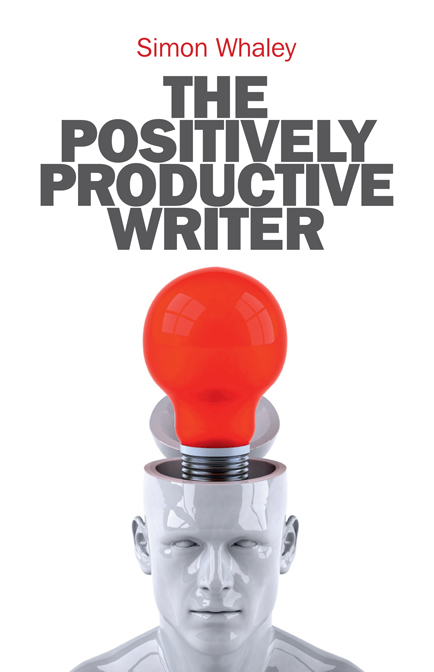I have the same problem with Cool as I did with Boring yesterday. So many things are cool – where would I begin? People with enquiring, open minds; people who aren’t scared to speak up against prejudice, even when it doesn’t affect them; parents who encourage their children to make decisions for themselves, instead of dictating their beliefs and aspirations – and provide them with the tools to do so. All very Cool.
Penguins, of course, live in cool places and are also inherently cool. Some have funky hairstyles, the Dad does his share of parenting and contrary to urban myth, they do not become so fixated on aeroplanes in the Falkland Islands that they fall over backwards while watching them, because they are far too cool for that.

With all this abundance of coolness, I decided to simply share three of my Google Alerts that struck me as cool.
1) Competitions
Interesting creative writing competitions for children, particularly with good prizes, are relatively rare – but this one qualifies. Stroud Library are running a competition to celebrate the centenary of the birth of Laurie Lee, most famous for Cider with Rosie. I recommend Laurie Lee; if you haven’t read any of his work, shuffle off to the library right now. As I Walked Out One Midsummer Morning is a favourite of mine.

The theme of the competition is Legends set somewhere in the Five Valleys, where many of Laurie’s stories originated, and where he lived in the village of Slad.
There are two age categories for the competition:
- Under 7s : 50-500 words
- 8-12 years: 300-1,000 words
For each category the 1st prize will be £25 and a bundle of books and the 2nd prize will be £15, which is great, so if you know any young budding writers, point them in the direction of this page, where they can download an application form. The competition opens on 5th April and closes on the 31st May, and the webpage also has details of a workshop children can attend to help them get started on their masterpiece.
2)Evolution
Scientists have been looking afresh at the Permian-Triassic extinction that occurred around 252 million years ago . While they know that this event, which destroyed 90% percent of marine life and 70 % of terrestrial life, was caused by a disruption to the carbon cycle, the cause of the disruption has always been a mystery – although they knew that something ’caused a burst of carbon to come out of storage’, turning seas to acid and raising temperatures.
According to the Smithsonian website, geophysicist Daniel Rothman and his team have noticed that the carbon cycle disruption wasn’t typical of a geological event like a meteorite strike or volcano, where it would peak then taper off; instead the disruption seemed to grow at an increasing rate over time. So they’re hypothesising that microbes may be to blame – pesky microbes that may have traded genes. They believe that Methanosarcina gained two genes from a bacteria that gave them the ability to eat organic waste (with its stored carbon) from the sea floor, causing them to pump out methane and push carbon back into the water. You can read the full article here.

It makes you wonder what else microbes may have been responsible for…
3) Bono

Bono is (arguably) cool, but apparently the poor lad has writer’s block – which is seriously delaying progress on U2’s planned new album and follow up tour. CBC books thoughtfully provided 5 brief writing tips from authors that might help him on his way. You can read them all if you want, but I wanted to share my favourite one:
“The secret of getting ahead is getting started. The secret of getting started is breaking your complex overwhelming tasks into small manageable tasks, and then starting on the first one.”
Mark Twain
Not only is this true, but it’s also the essence of a handy book by Simon Whaley, called The Positively Productive Writer, which explains in detail exactly how to ‘break your complex overwhelming tasks into small manageable tasks’ and provides a host of useful and inspiring tips to get you started.
If you’re a writer who needs a constructive kick up the butt and a Plan, then read all about it here before hopping off and buying (or downloading) it. Perhaps I should send a link to Bono, too…







